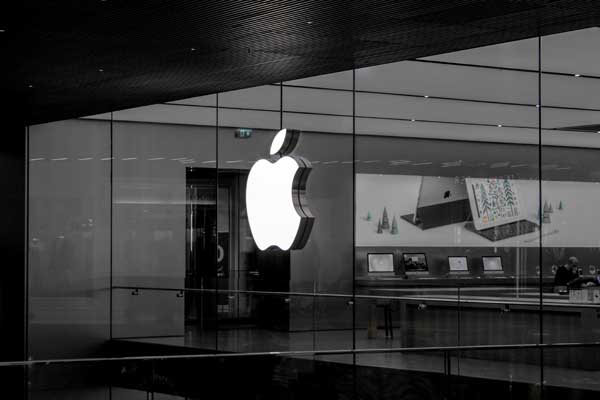Tepid consumer spending in China is not the only reason for Apple’s first withdrawal

[Apple Store at Zorlu Centre In Istanbul, photo credit to Unsplash]
On 28th, Apple announced that it will close its store in Parkland Mall in Dalian on August 9 at 8 p.m, marking its first retail closure in China ever since entering the market in 2008.
Brian Bumbery, Apple spokesman stated, “Given the departure of several retailers at Parkland Mall, we have made the decision to close our store,”.
In fact, the mall was ‘struggling’ as other prominent brands like Michael Kors and Armani had closed their store there recently, signalling a trend that is affecting retail shops in this region.
As China is Apple’s second largest market, this withdrawal reflects the company’s ongoing operational and commercial difficulties in the country.
Furthermore, this pullback is attributed to subdued consumer spending in China.
Chinese consumers tend to save a greater proportion of their income and spend less than people in other developed countries.
The size of the Chinese smartphone market has in fact decreased by 4% compared to the same period in the previous year.
Since the onset of the Covid 19 pandemic in 2020, China’s disposable income has halved its growth and now grows only by an average of 5% a year.
Given the persistent drag in China’s economy from weak consumer demand, the government has implemented programs to stimulate consumer purchases on washing machines, electric vehicles, and smartphones.
China’s government allocated $42 billion this year toward a consumer trade-in program.
However, due to the substantial debt borne by local governments- accrued infrastructure projects such as building bridges, train stations and airports, China cannot spend as much as it did in the past.
Although these initiatives have led people to spend more actively, economists say the impact on consumption is highly likely to be short-lived.
The listless manner in consumer spending in China has led to continued decline in Apple’s market share in China.
The decline in sales is reflected in Apple’s financial performance as the total revenue in China was $66.95 billion last year which is almost 10 percent less than in 2022.
Nonetheless, the rapid growth and popularity in domestic smartphone brands may be seen as the main contributor to Apple’s action.
Within the span of a decade, Chinese companies are now suppliers of 60% of the world’s smartphones.
“Made in China 2025” program funded smartphone industries, and provided financial support for China’s smartphone companies.
Due to this, Huawei, Vivo, and Xiaomi, Apple’s Chinese rivals, have eroded Apple’s share, and according to Canalys, Chinese brands were ranked in top 1 to 4 in smartphone sales in mainland China in the second quarter of this year.
Huawei led with the largest number of 12.2 million units; Vivo, 11.8 million units; Oppo, 10.7 million units; Xiaomi, 10.4 million units; and Apple in 5th place with 10.1 million units.
However, the outlook on the Apple market in China doesn’t look so hopeless.
Apple will continue to operate its store in Olympia 66, another shopping mall in Dalian.
The affected employees due to the closure in Parkland Mall will be given opportunities to work in this Olympia 66 store.
Additionally, Apple plans to open a new store in Shenzhen, southern China this month.
The company also anticipates having the same number of stores in China, 58, at the end of 2025.

- Minji Lee / Grade 8
- Branksome Hall Asia

![THE HERALD STUDENT REPORTERS [US]](/assets/images/logo_student_us.png)
![THE HERALD STUDENT REPORTERS [Canada]](/assets/images/logo_student_ca.png)
